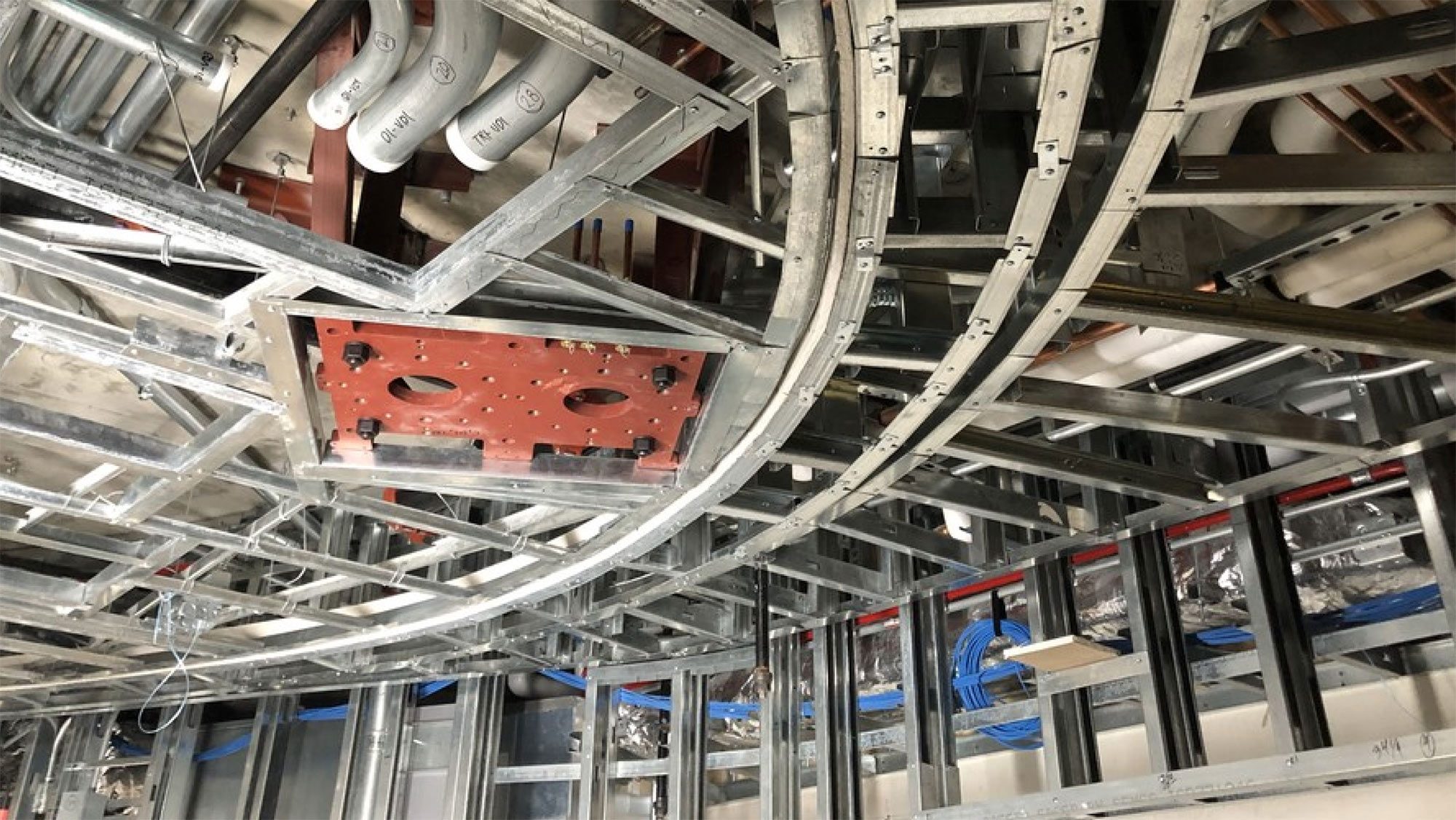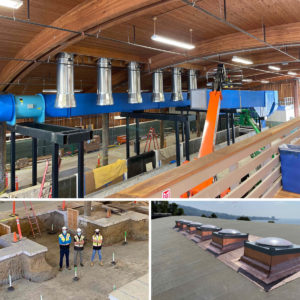Finding the Return on Your Small-Project BIM Investment

Building Information Modeling (BIM) is too often associated with large, ground-up projects where prefabrication and trade coordination can happen well before the structure is erected. When measuring productivity, quality, and future maintenance savings, there is simply no argument against the value it can offer.
However, when we approach managing small projects, even those with complex MEP systems and spatial constraints, BIM routinely gets eliminated from discussion. Why this resistance to investing in BIM? The answer usually comes down to initial cost, or better yet, the initial understanding of value. And, understandably so. Estimating the ROI on your up-front BIM expenditure can seem more like an art than a science. We will admit that this is largely true. Ultimate value is difficult to calculate when you are unsure of what the future benefit may be. Will a dollar spent today result in two dollars of hard cost savings at the trade level? For every day spent clash detecting in pre-construction, how many days of increased productivity will be gained during install? Could traditional trade coordination render similar results? We all wish we could answer these questions with complete certainty.


